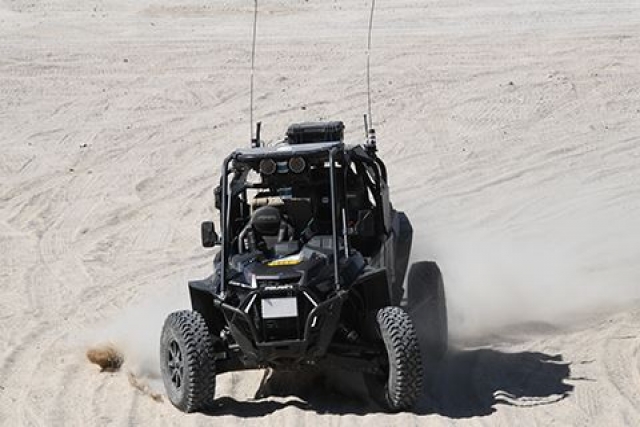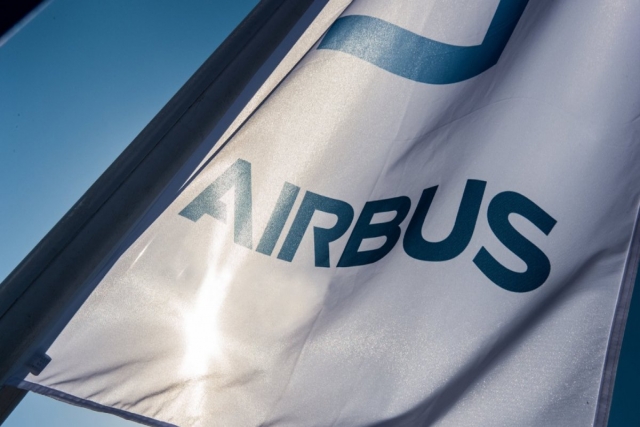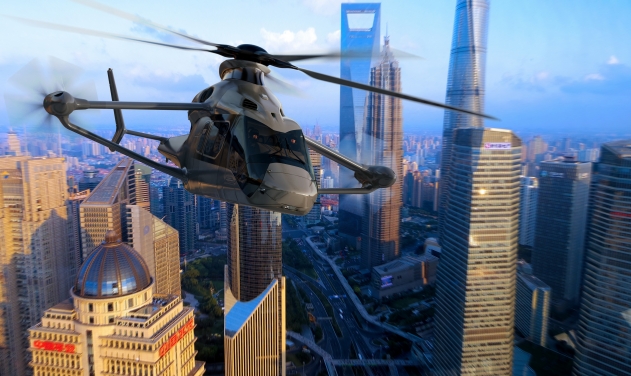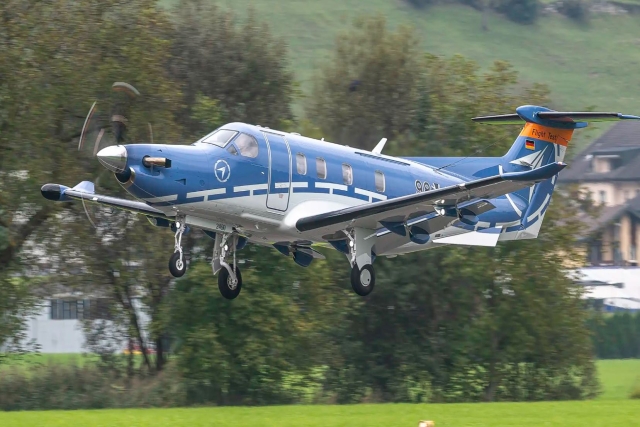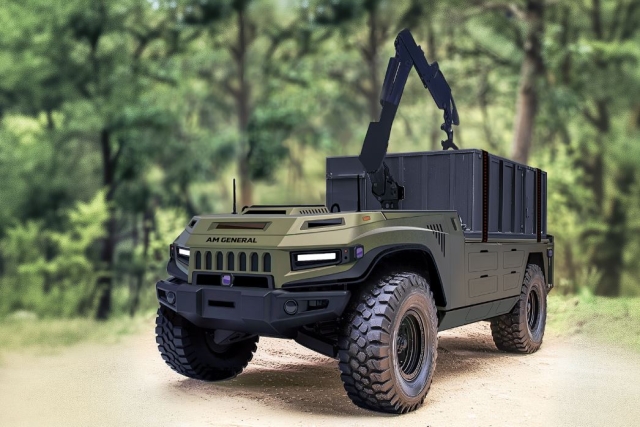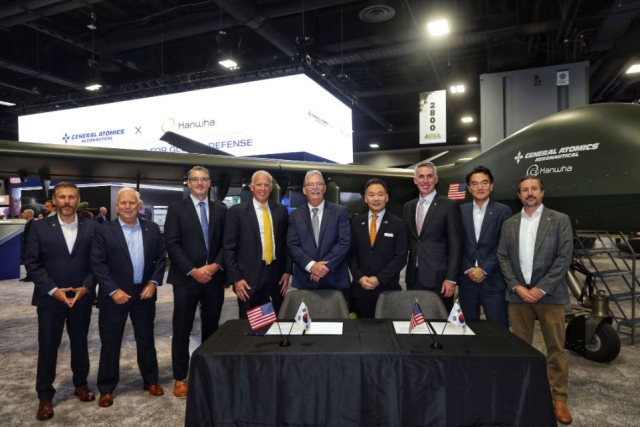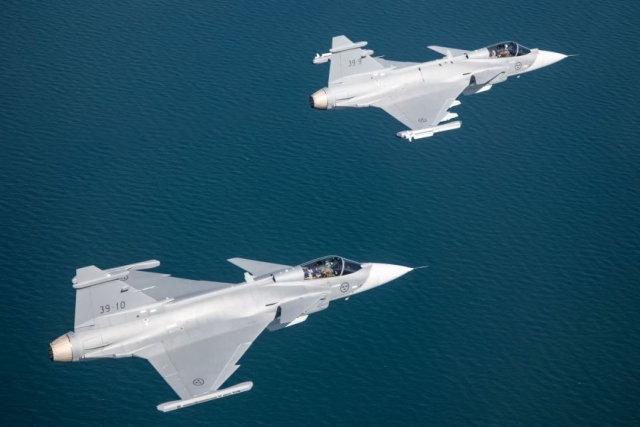DARPA's RACER Program Tests Fleet Autonomous Movement
The RACER Heavy Platform (RHP) vehicles are 12-ton, 20-foot-long, skid-steer tracked vehicles akin in size to future combat vehicles.
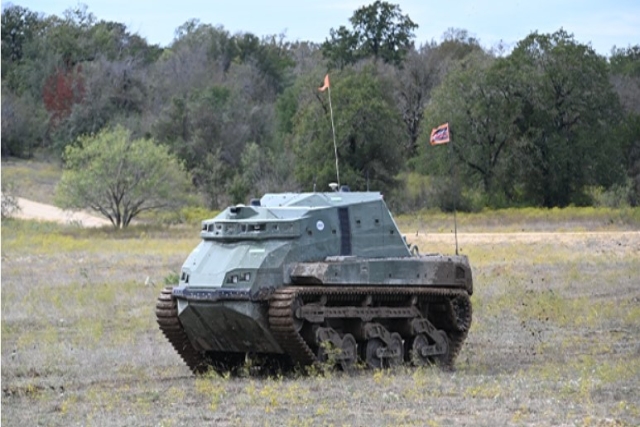
The U.S. DARPA's Robotic Autonomy in Complex Environments with Resiliency (RACER) program tested autonomous movement on a larger fleet of vehicles.
The RACER Heavy Platform (RHP) vehicles are 12-ton, 20-foot-long, skid-steer tracked vehicles akin in size to future combat vehicles.They complement the 2-ton,11-foot-long, Ackermann-steered, wheeled RACER Fleet Vehicles (RFVs) currently in operation.
“Having two radically different types of vehicles helps us advance towards RACER’s goal of platform agnostic autonomy in complex, mission-relevant off-road environments that are significantly more unpredictable than on-road conditions,” said Stuart Young, RACER program manager.
“For Phase 2, adding the combat-scale RHP robot supports porting and performance demonstration of RACER autonomy stacks at multiple scales concurrently while moving between highly varied terrains.”
RACER’s second phase began last fall with its fourth experiment (“E4”), which included first testing of RHPs and testing on RFVs by teams from the University of Washington and from NASA’s Jet Propulsion Laboratory. RACER is on pace to continue its autonomy development and experiment spirals with a new round of development and testing roughly every six months.
“Our Phase 2 off-road average autonomous speed goals are higher at lower intervention rates, and both RFVs plus now RHPs allow RACER to also show adaptability and resiliency of autonomous software at multiple, platform-agnostic ground robot scales in an array of complex, military-relevant environments,” Young said. “As we also add tactics-based autonomy, we see all of these together as vitally important to Army and Marine needs in robotic vehicle programs of record that are closely tracking RACER, and which represent possible transition opportunities for the program.”
